What was the issue?
Amur leopards are probably the rarest big cat on the planet. These iconic predators were pushed to the brink of extinction at the end of the last century when just approximately 30 individuals were thought to remain in the wild. This meagre population had its stronghold in the Russian Far East.
Amur leopards were mercilessly hunted for their beautiful coats and bones for use in traditional medicine, while climate change threatens their habitats which have also been gradually destroyed by unsustainable logging, forest fires, road building, farming, and industrial development.
Thankfully, their desperate plight has been halted. Though still only around 100 of the animals are thought to exist in the wild today and the species remain classed as critically endangered.
What did we do?
At the beginning of the 21st century, the big cats inhabited just over 860 square miles. Thanks to concerted conservation efforts, that figure has since tripled. Amur leopards now occupy a territory of about 2,350 square miles, an area roughly four times the size of London.
This three-fold range expansion has benefited greatly from the creation in 2012 of the Land of the Leopard National Park in the Russian Far East, which WWF had been advocating for many years. This national park represents the core rangeland for the world’s entire population of Amur leopards. Promisingly, though, individuals are also beginning to settle in neighbouring China. Motion sensor-triggered camera traps, installed by staff from the Land of the Leopard National Park, and close to the border area in China, have captured the movement of Amur leopards between the two countries.
The core of the Amur leopard population is protected from poaching, fires and logging in the Land of the Leopard National Park. Specially protected natural areas cover almost 75% of the big cat's range.
A protected area in China – the Northeast China Tiger and Leopard National Park – was established in 2019 and together with the Land of the Leopard National Park, it is hoped the world’s first single, transboundary national park can be created to further protect Amur leopards (and tigers).
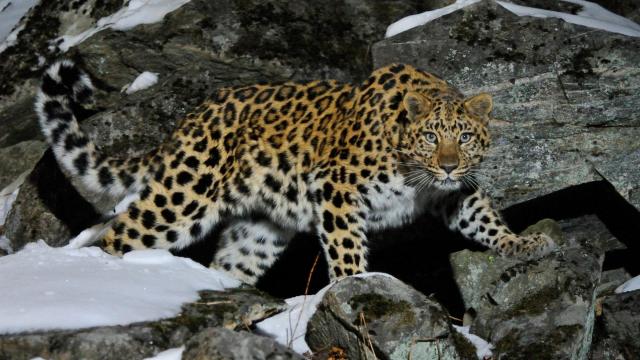
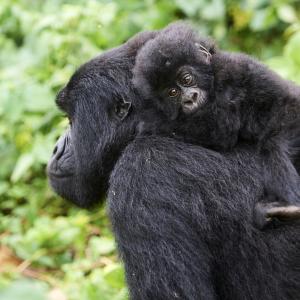 Our success stories: what we've achieved together
Our success stories: what we've achieved together
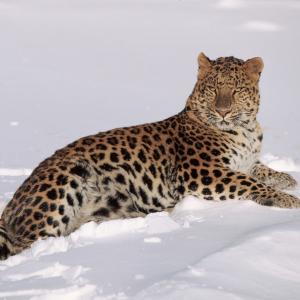 Amur leopard: the world's rarest cat?
Amur leopard: the world's rarest cat?
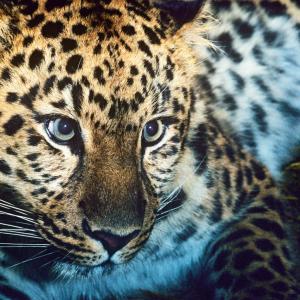 Top 10 facts about Amur Leopards
Top 10 facts about Amur Leopards
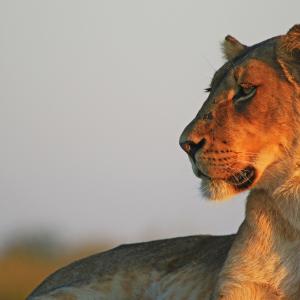 Take our big cats quiz
Take our big cats quiz